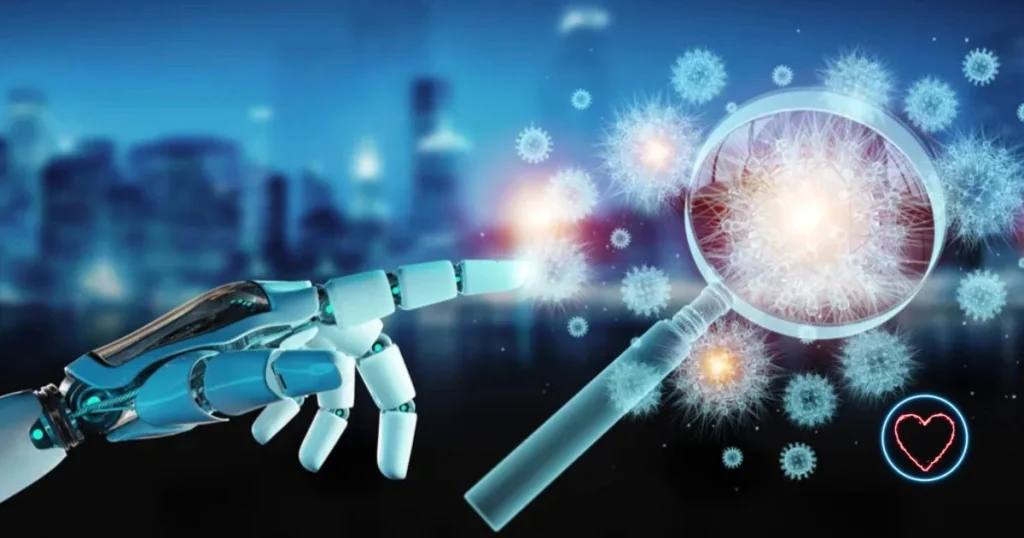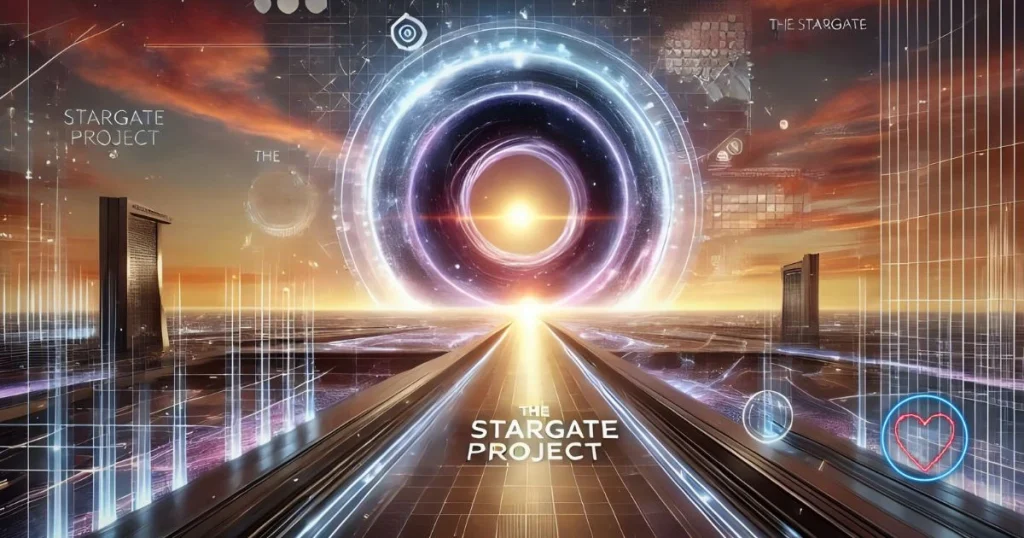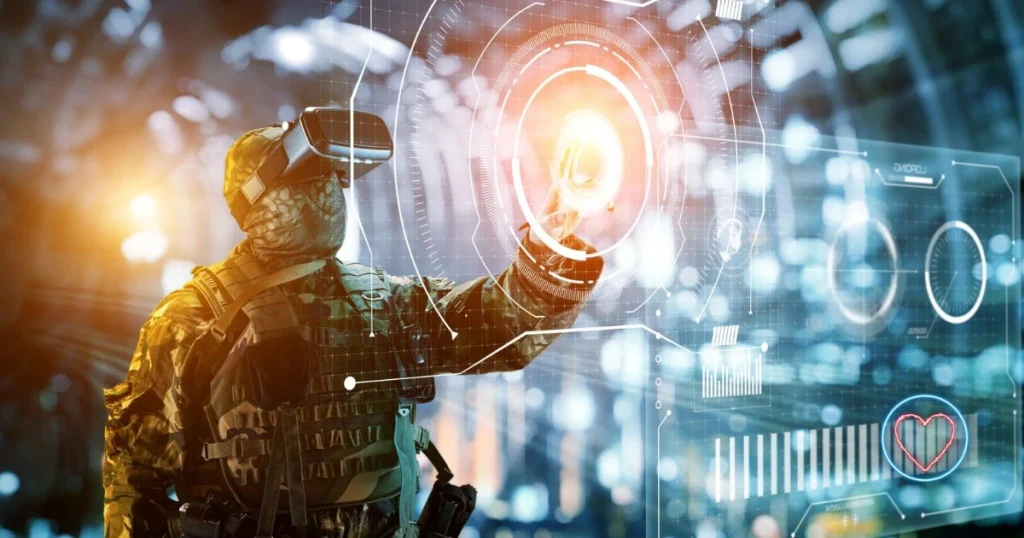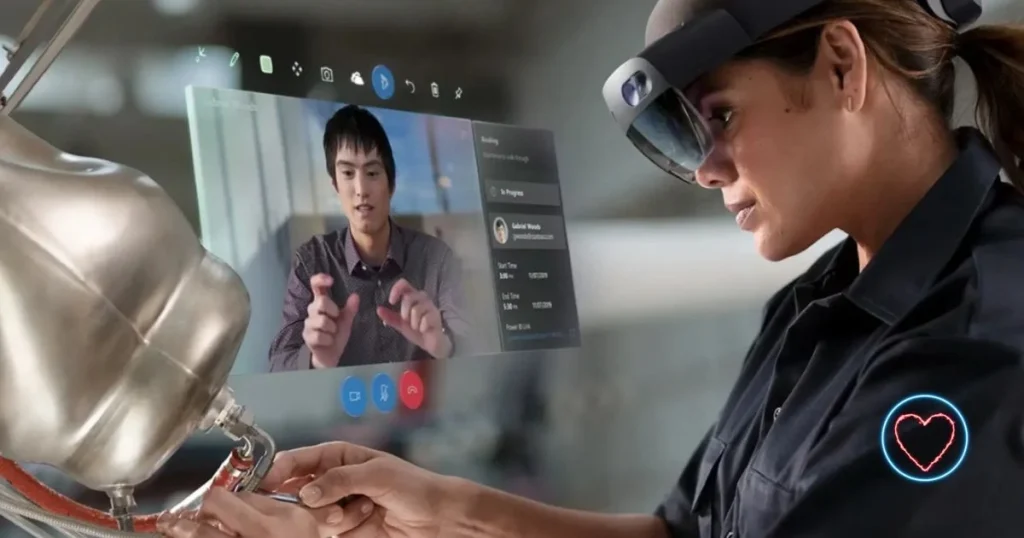Cancer remains one of the most formidable health challenges of the 21st century. Despite decades of research and innovation, early detection continues to be the key factor in improving survival rates. In recent years, artificial intelligence (AI) has emerged as a game-changing force in cancer diagnosis. By enhancing accuracy, speed, and accessibility, AI is reshaping how we detect and understand this complex group of diseases.
The Urgent Need for Better Diagnosis
Globally, cancer is responsible for approximately 10 million deaths each year. Delayed or inaccurate diagnoses contribute significantly to this mortality rate. Traditionally, cancer detection relies heavily on radiological imaging, biopsies, lab tests, and pathologist interpretation. While effective, these methods are not foolproof. Human error, variability in image quality, and inconsistent diagnostic criteria can all lead to missed or incorrect diagnoses.
This is where AI enters the equation. Through machine learning, deep learning, and computer vision, AI systems can process massive datasets, detect subtle patterns invisible to the human eye, and learn continuously from real-world medical outcomes.
How AI Works in Cancer Diagnosis
At its core, AI in cancer diagnosis involves training algorithms to recognize cancerous features in various forms of medical data. These may include:
- Radiology scans (CT, MRI, mammography)
- Histopathological images
- Genomic profiles
- Clinical records
- Blood markers and other lab results
For instance, deep learning models, particularly convolutional neural networks (CNNs), have demonstrated exceptional ability in analyzing medical images. After being fed thousands of labeled examples—such as images of malignant and benign tumors—the algorithm learns to classify future images with increasing accuracy.
In practice, AI doesn’t replace human experts. Instead, it augments their capabilities by flagging areas of concern, reducing workload, and offering second opinions.
AI in Specific Cancer Types
AI is not a one-size-fits-all solution. Its applications vary across different cancer types, each presenting unique diagnostic challenges.
Breast Cancer
AI has shown remarkable promise in mammography interpretation. Studies have found that AI systems can match or even surpass the diagnostic performance of radiologists.
For example, Google Health developed an AI model that reduced false positives by 5.7% and false negatives by 9.4% in U.S. mammogram screenings. This means fewer women are subjected to unnecessary biopsies and more cancers are caught early.
Lung Cancer
Low-dose CT scans are commonly used to detect early lung cancer. However, interpreting these scans is complex and time-consuming. AI can rapidly analyze images, detect nodules, and even predict the malignancy risk of those nodules.
Stanford researchers created a deep learning model named LungNet, which accurately identified early-stage tumors with over 94% sensitivity, outperforming radiologists in several trials.
Skin Cancer
Dermatology is another area where AI is thriving. Apps powered by AI, such as SkinVision and DermAssist, allow users to scan skin lesions and receive risk assessments. More sophisticated models trained on millions of dermoscopic images now rival expert dermatologists in spotting melanoma, basal cell carcinoma, and other skin cancers.
Colorectal Cancer
Colonoscopy remains the gold standard for detecting colorectal cancer. However, AI-powered tools can enhance detection by highlighting polyps in real time. GI Genius, approved by the FDA, is one such system that increases polyp detection rate (PDR) significantly, helping endoscopists find more precancerous lesions.
Prostate Cancer
AI algorithms trained on MRI and biopsy images can detect prostate tumors and grade their aggressiveness with high accuracy. Moreover, AI can help determine whether a biopsy is necessary, thus reducing invasive procedures.
The Benefits of AI in Cancer Diagnosis
AI offers several advantages that make it particularly suitable for revolutionizing cancer diagnosis.
1. Enhanced Accuracy
Unlike humans, AI doesn’t suffer from fatigue. It can process thousands of scans or slides with consistent precision, reducing both false positives and false negatives.
2. Speed and Efficiency
AI systems can analyze medical images and data within seconds. In time-sensitive cases, this speed can mean the difference between life and death.
3. Standardization
Variability between radiologists or pathologists can lead to inconsistent outcomes. AI delivers standardized interpretations, reducing the likelihood of subjective judgment.
4. Scalability
AI tools can be deployed in low-resource settings where medical experts are scarce. This democratizes access to high-quality diagnostics, especially in rural or underserved areas.
5. Integration with Personalized Medicine
AI doesn’t just detect cancer—it can help tailor treatment. By analyzing genomic and clinical data, AI can suggest personalized therapy plans, predict response to treatment, and monitor disease progression.
Challenges and Limitations
Despite the promise, integrating AI into cancer diagnosis is not without hurdles.
1. Data Quality and Diversity
AI is only as good as the data it’s trained on. Biased or limited datasets can result in models that underperform in diverse populations. For instance, a skin cancer model trained mostly on images of light-skinned individuals may fail to identify melanomas in darker skin tones.
2. Regulatory and Legal Barriers
AI tools must undergo rigorous validation before being approved for clinical use. Regulatory agencies like the FDA are still developing frameworks that ensure safety, reliability, and accountability.
3. Ethical Concerns
Who is responsible if an AI system makes a diagnostic error? What happens to patient data used in training algorithms? These questions raise ethical and legal challenges that need thoughtful resolution.
4. Clinical Acceptance
Many healthcare professionals remain cautious about adopting AI. Concerns include loss of autonomy, trust in black-box models, and the need for training in using these tools effectively.
Recent Breakthroughs in AI Cancer Diagnostics
In 2024, researchers at MIT and Harvard announced a multi-modal AI system that could analyze both genomic data and histopathology slides to diagnose rare cancers with unprecedented accuracy. This fusion of data types marks a new era of AI applications.
Additionally, companies like Tempus, PathAI, and Freenome are developing platforms that combine AI with liquid biopsy techniques. These systems aim to detect cancers through blood samples, a non-invasive alternative to traditional biopsies.
The Future of AI in Cancer Diagnosis
Looking ahead, AI is expected to become deeply embedded in every stage of the diagnostic pathway. Here’s what the future might look like:
1. Real-Time Diagnosis
Imagine a future where a suspicious mole can be scanned by a smartphone, instantly analyzed by AI, and referred to a specialist within seconds. Such seamless workflows are already being piloted.
2. Predictive Oncology
AI can analyze patterns across vast patient populations to predict cancer risk years before symptoms appear. Predictive models could drive preventive interventions, transforming cancer from a reactive to a proactive domain.
3. Collaborative Intelligence
Rather than replacing clinicians, AI will work alongside them—offering suggestions, flagging errors, and speeding up decision-making. This “collaborative intelligence” model ensures the best of both human expertise and machine precision.
4. AI-Driven Research
By mining clinical records, medical literature, and trial data, AI can identify new biomarkers, generate hypotheses, and accelerate drug discovery.
Conclusion: A New Diagnostic Era Begins
AI is not a magic wand, but it is undeniably powerful. In the fight against cancer, it offers a blend of speed, accuracy, and scalability that can transform how we detect and treat the disease. While challenges remain, the path forward is clear: a future where AI and human intelligence work hand in hand to conquer cancer.
As technology continues to evolve, patients and physicians alike will benefit from faster diagnoses, more personalized treatments, and ultimately, better outcomes. The era of AI in cancer diagnosis is here—and it is just getting started.











